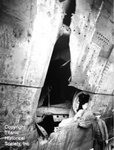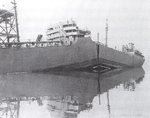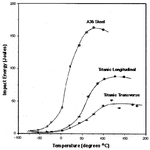The tale of the Titanic has fascinated me for decades. I have read so many books on the subject, I've forgotten about
most of them, and the details.
However, I have, hanging on my den wall, the front page of The New York Times which broke the news. My maternal
grand-mother saved the newspaper, and gave it to my mother. My mother gave it to me about 30 years ago and I had
the front page framed. I have turned down an offer of $1,000.00 for it from the Titanic Society.
The newspaper is dated "Tuesday - April 16, 1912". The paper sold, at that time, for one cent [US].
Note: The photo had to be retouched before it was printed, because it clearly shows smoke coming from
the fourth funnel. The fourth funnel was for show only, it did not connect to any of the fire-rooms.
The white spot under the ship is where the newspaper was folded, then folded again, causing the corner
to tear away.
Charles
Holy Sh!t Charles...that is just fantastic mate, like you it has fascinated me too, always stop to watch Titanic related stuff.




